In memoriam of the former Hungarian commercial maritime shipping
Photos and copy: László Sebestyén
There is an abandoned building at Szabadság tér, one of the most gorgeous squares of the city: the Adria Palace. The Neo-Baroque castle has been rising above the square since 1902, and served as the headquarters of the former Adria Royal Hungarian Sea Navigation Company. The company was established in 1881, and one of its shareholders and board members was Mór Jókai himself. The ships of the company transported goods all across the world from New York to Australia. The coffee arrived to the cafés in Budapest with their help, and then they brought the Hungarian flour to faraway lands, thus promoting the Hungarian milling industry.
The house was built based on the designs of Artúr Meinig: the same architect who designed Stefánia Palace as well as Wenckheim Palace currently functioning as the central building of Szabó Ervin Library, amongst others. Once the company went bankrupt, the troubled Adria Palace gave home to a wide variety of activities. It used to function as a bank headquarters, gave place to staff apartments for bank officers, and a kindergarten and travel agency also operated within its walls at some point.
Of course, Adria Palace couldn’t escape the actions in the fifties aimed at altering buildings and freeing up lots either. The large-scale, generous spaces now preserve the flickering light of their former glory in the form or narrow rooms.
In spite of historical turmoils, some spaces of the building remained intact, thus preserving their former grandeur and the generous architectural solutions vividly and richly.
If you are interested in the fascinating history of Hungarian maritime shipping, you can learn all there is to know about Adria company in Márton Pelles and Gábor Zsigmond’s volume A fiumei magyar kereskedelmi tengerészet története (1868–1918) (The Hungarian Maritime Trade History of Fiume [1868–1918]).
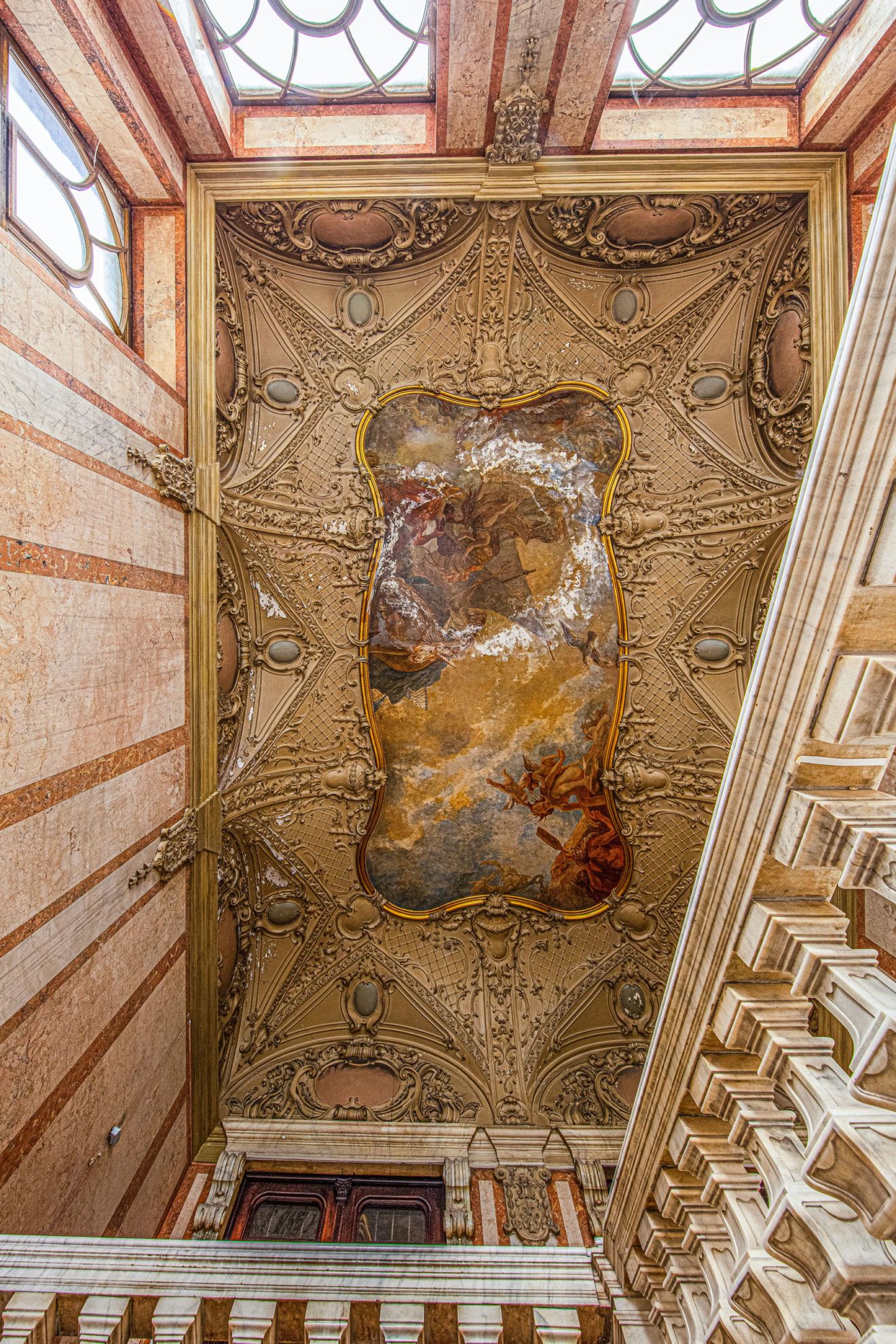

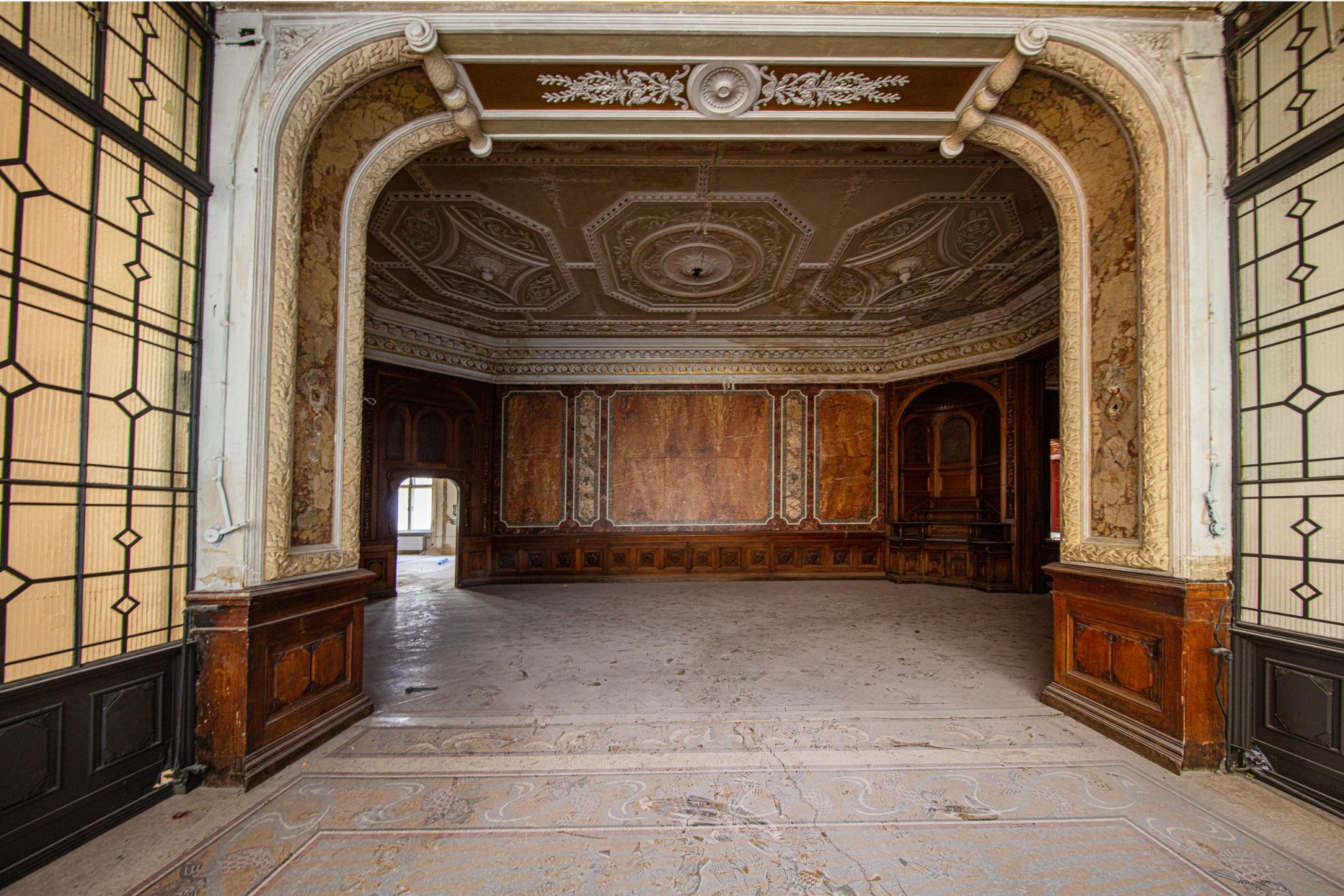
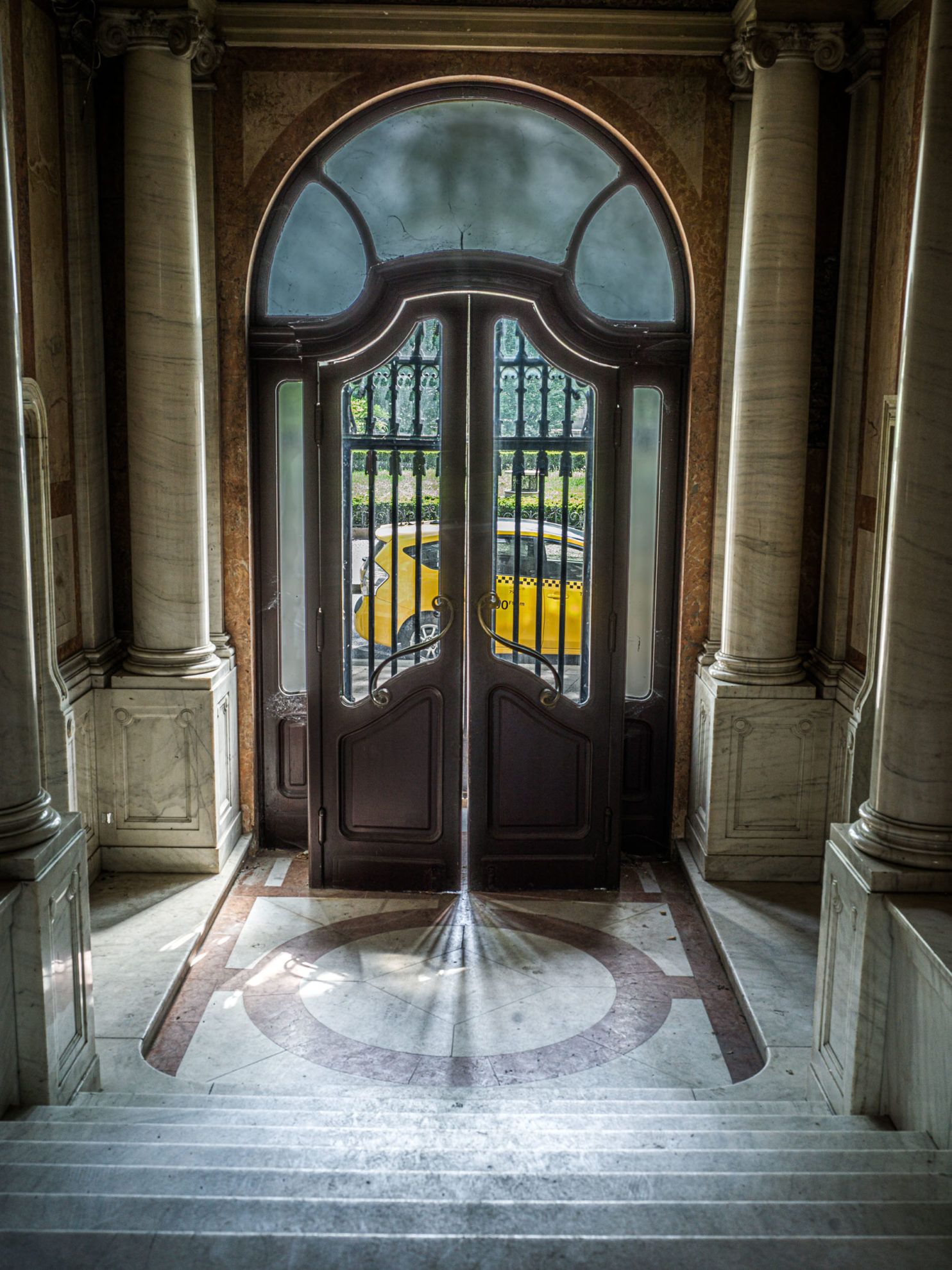
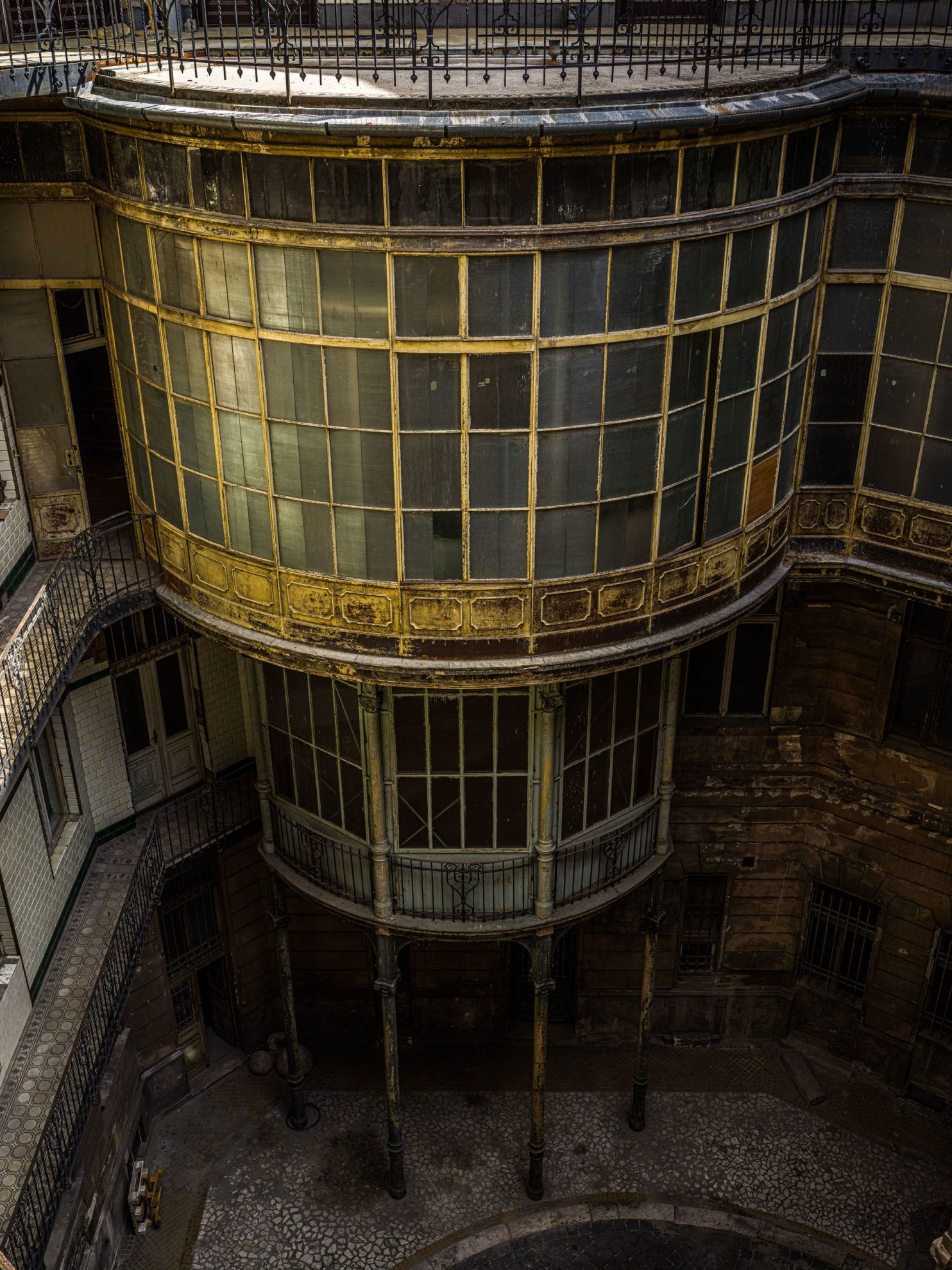

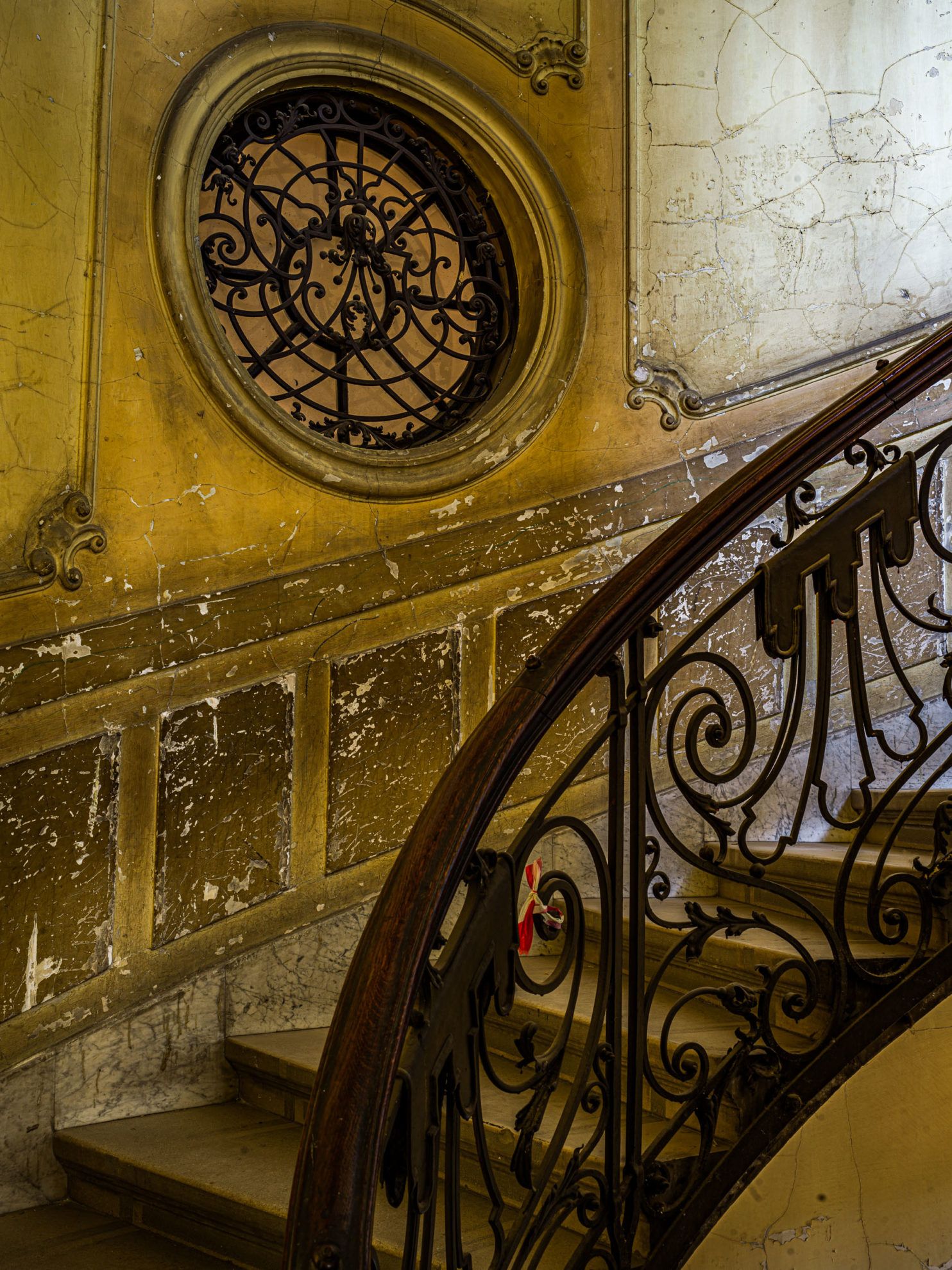
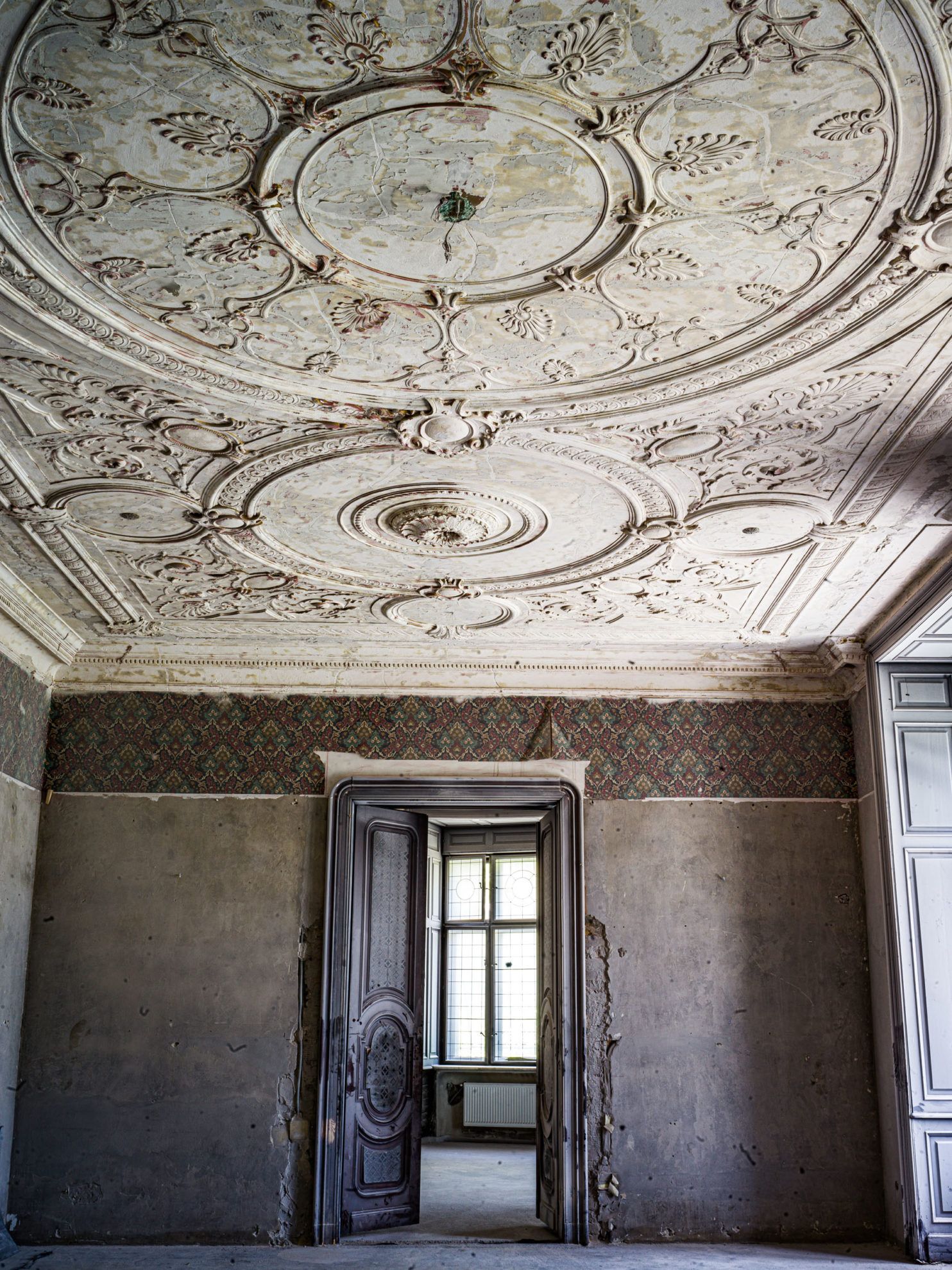
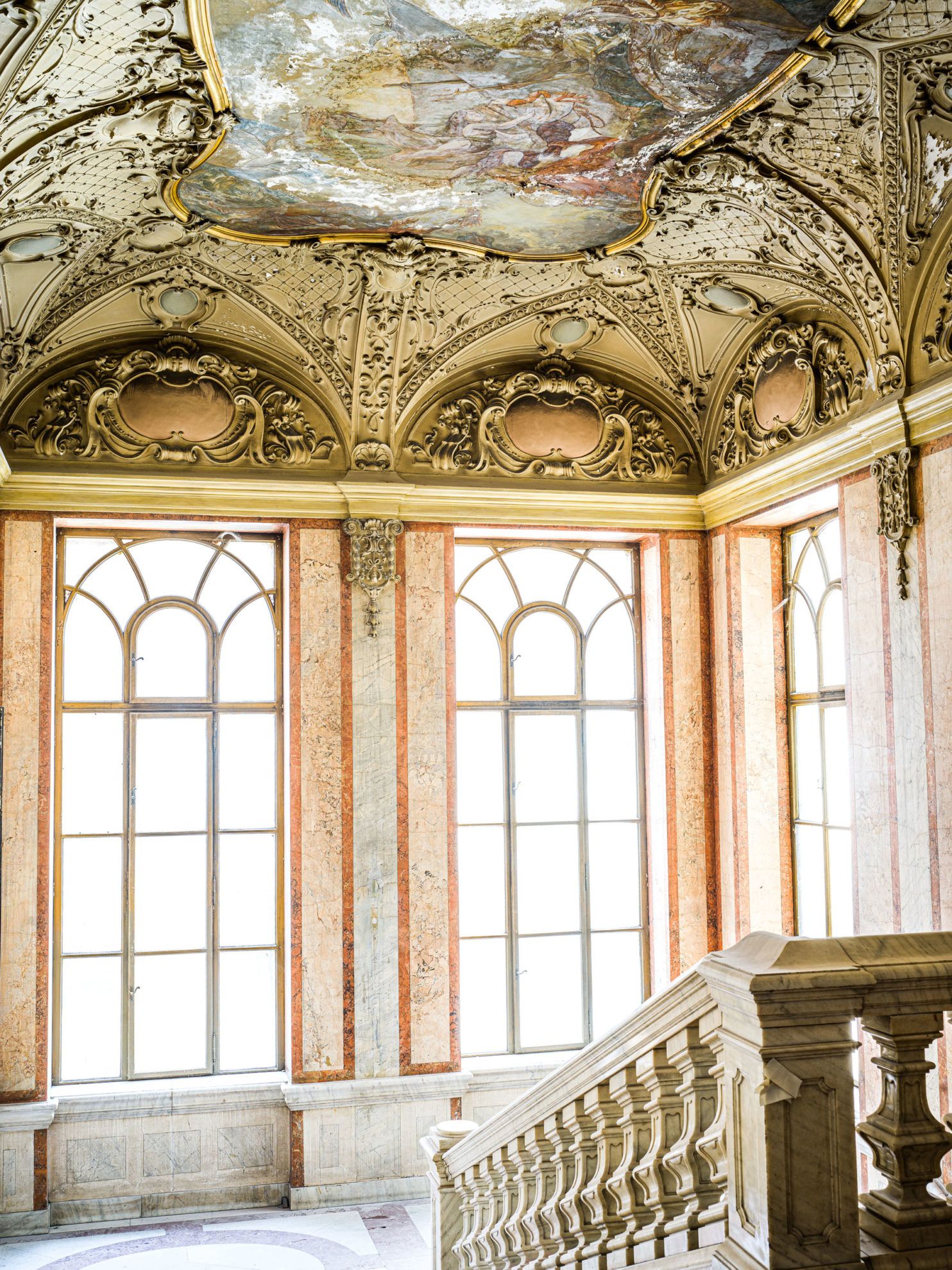
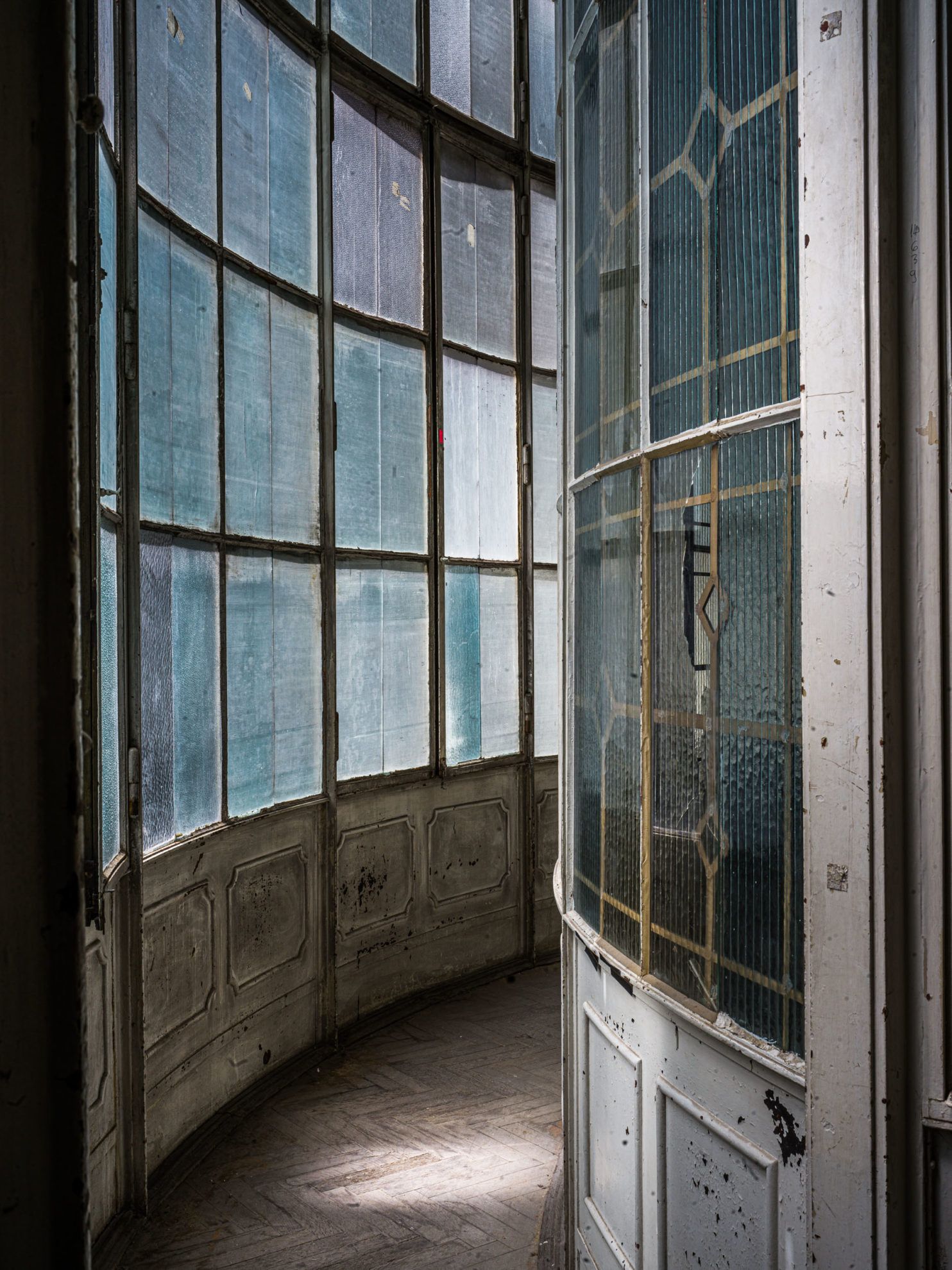
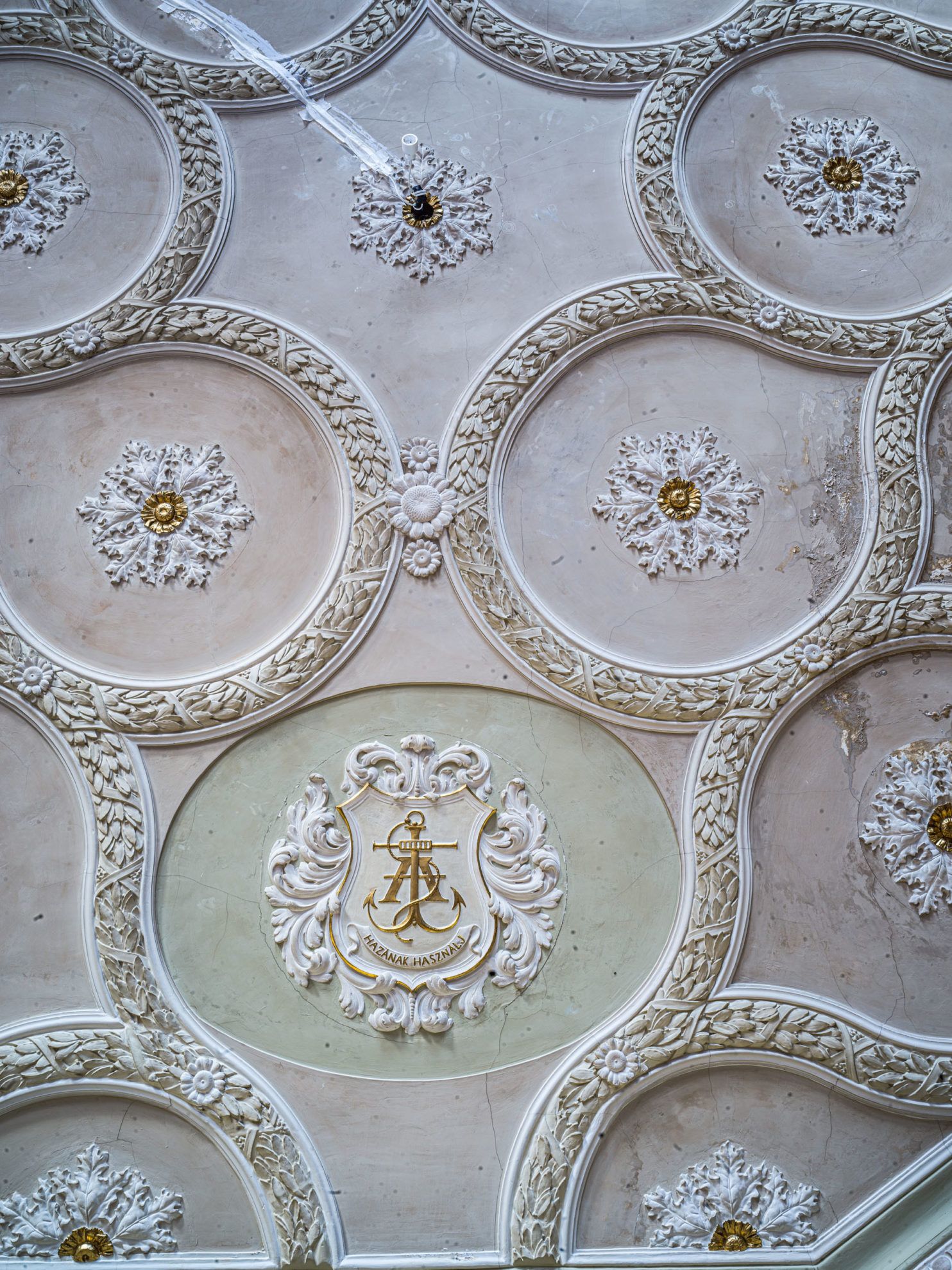

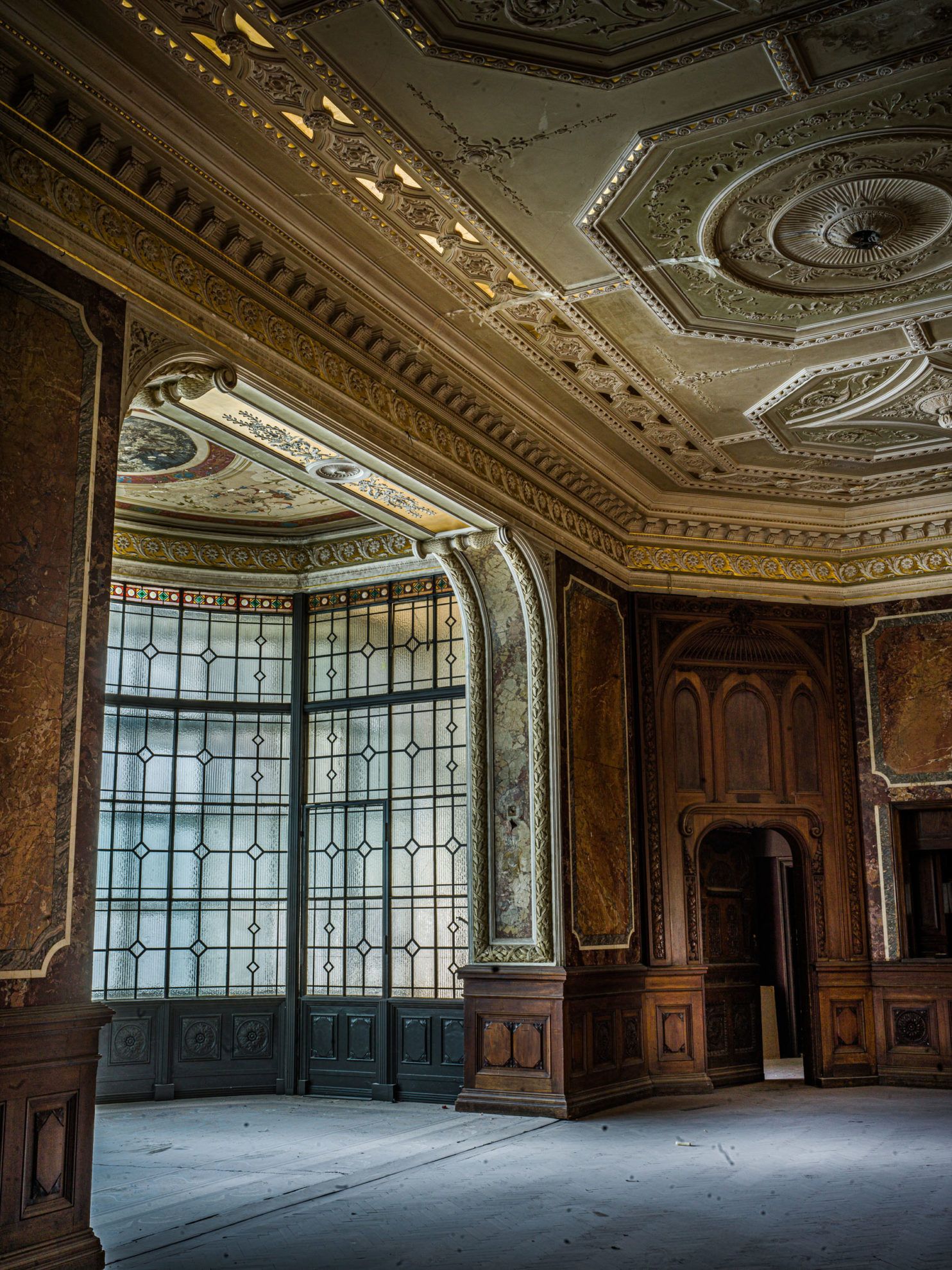


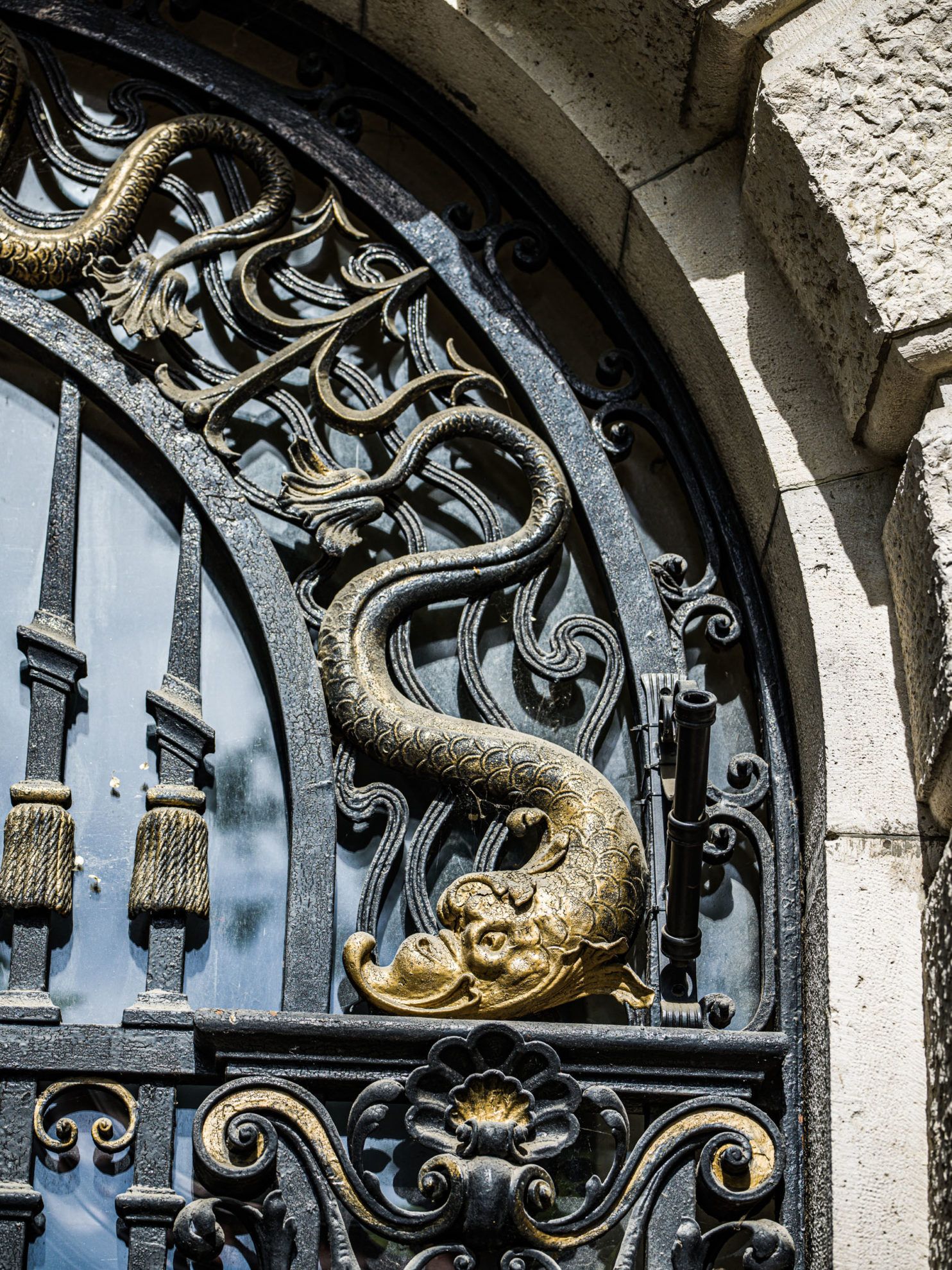

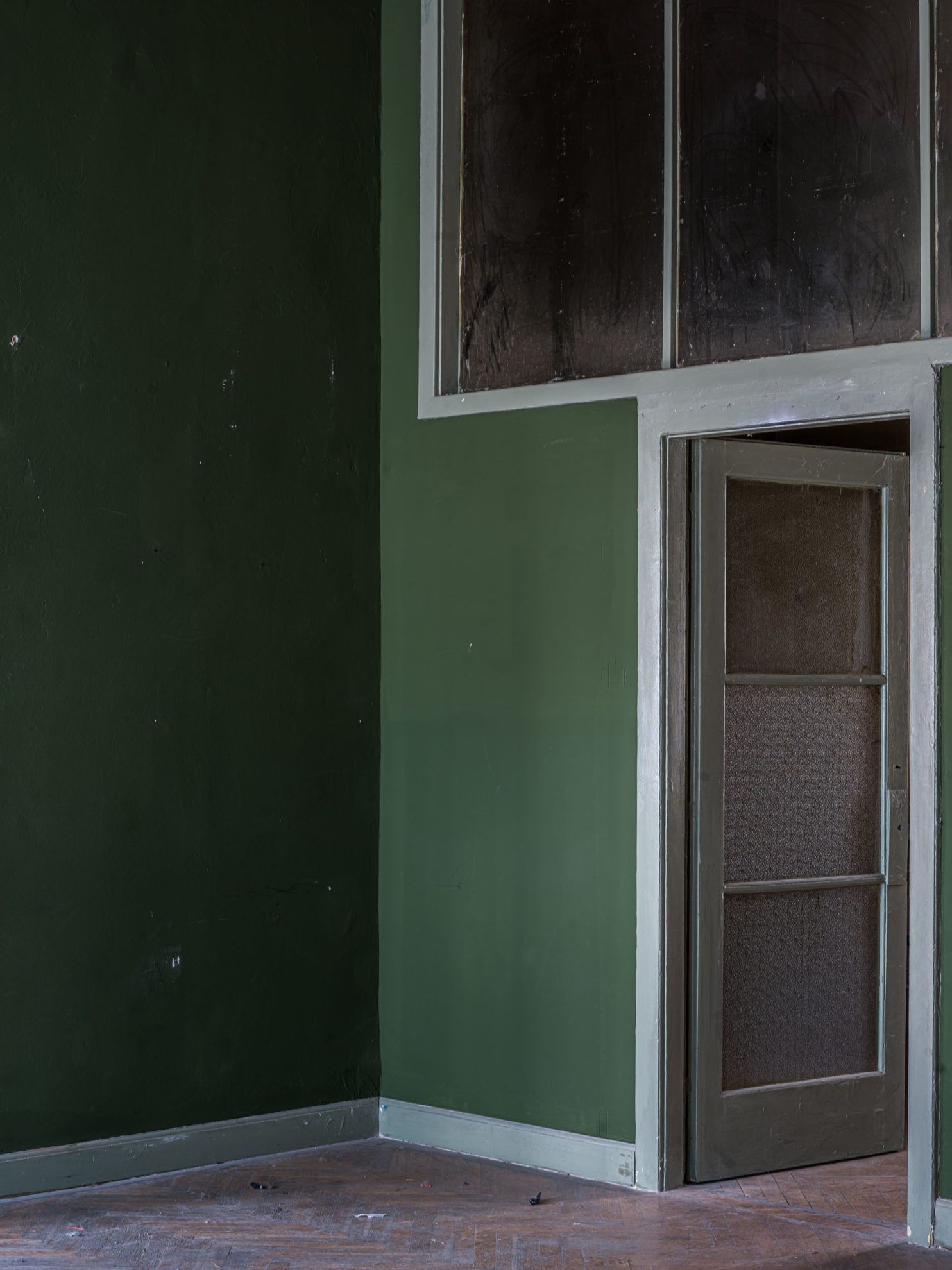

The world’s first non-melting ice cream | Bompas & Parr

The Vespa of the future | Mightyseed










